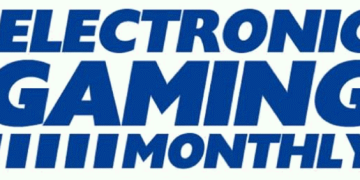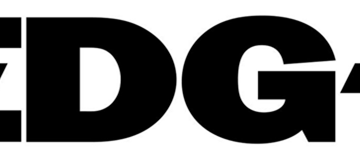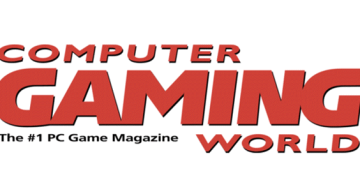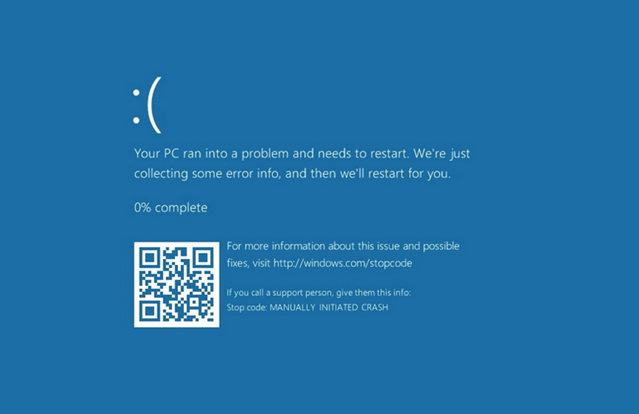What Happened?
Following a routine update released on July 19th, Windows machines equipped with Crowdstrike security software encountered critical errors leading to system crashes. The Blue Screen of Death (BSOD), a symbolic representation of system failure in Windows, became an unintended consequence of this update.
Technical Details
The issue is primarily traced to compatibility problems between the latest Crowdstrike update and certain configurations of Windows operating systems. This has led to instability and crashes upon reboot, frustrating users who rely on their systems for work and productivity.
Impact on Businesses and Users
The fallout from this issue has been widespread, affecting critical services and operations globally:
- Airlines: Numerous airlines, including United Airlines, Delta Air Lines, and American Airlines, grounded flights due to technology issues.
- Emergency Services: In Alaska, 911 and non-emergency call centers are experiencing disruptions due to a nationwide technology-related outage.
- UK Airports: Heathrow, Gatwick, and Luton airports reported delays and disruption.
- Hospitals and Healthcare: Several hospitals and doctors’ practices have been affected, impacting patient care.
- Public Transportation: Commuters in New York City and Washington, DC, faced delays as train arrival information was unavailable.
- Media: Sky News experienced disruptions, showing archive footage and error messages during the outage.
- Financial Markets: The London Stock Exchange’s website experienced issues, affecting trading activities.
- Retail and Hospitality: McDonald’s Japan and Woolworths reported operational disruptions, impacting store operations and customer service.
- Logistics: FedEx and UPS warned of delivery delays globally due to the outage.
Cybersecurity Firm’s Response
Cyber-security firm Crowdstrike has admitted that the problem was caused by an update to its antivirus software, which is designed to protect Microsoft Windows devices from malicious attacks. Fortunately, CrowdStrike has since announced at 2:30 a.m. a solution:
“Boot Windows into Safe Mode or the Windows Recovery Environment
Navigate to the C:\Windows\System32\drivers\CrowdStrike directory
Locate the file matching ‘C-0000029*.sys’, and delete it.
Boot the host normally.”
This solution is a testament to CrowdStrike’s knowledge and quick response in resolving the issue for affected users.
Solutions and Recommendations
Other Immediate Actions
- Rollback: Consider rolling back the Crowdstrike update to restore stability temporarily.
- Contact Support: Reach out to Crowdstrike support for guidance and potential fixes.
- Alternative Solutions: Explore alternative security measures temporarily until a permanent fix is deployed.
Long-term Measures
- Update Management: Implement more rigorous testing and phased rollout procedures for updates to avoid similar issues in the future.
- Backup and Recovery: Ensure robust backup solutions are in place to minimize data loss during unexpected system failures.
- Vendor Communication: Maintain open communication with vendors like Crowdstrike to stay informed about updates and issues.
- Consider alternative security solutions: Evaluate other cybersecurity providers to ensure comprehensive protection.
Conclusion
The recent BSOD issue highlights the critical need for robust IT infrastructure and effective update management. As organizations strive for digital resilience, proactive measures in software maintenance and contingency planning are essential. By learning from such incidents, businesses and individuals can better prepare for and mitigate the impact of future disruptions.
Support Techcratic
If you found this article helpful and would like to support Techcratic, consider making a Bitcoin donation. Your contributions help us continue to provide high-quality content and resources.
Bitcoin Address: bc1qlszw7elx2qahjwvaryh0tkgg8y68enw30gpvge
If you wish to donate through other means, please contact us at the Techcratic Contact form. Thank you.
Disclaimer: As an Amazon Associate, Techcratic may earn from qualifying purchases.


































































































